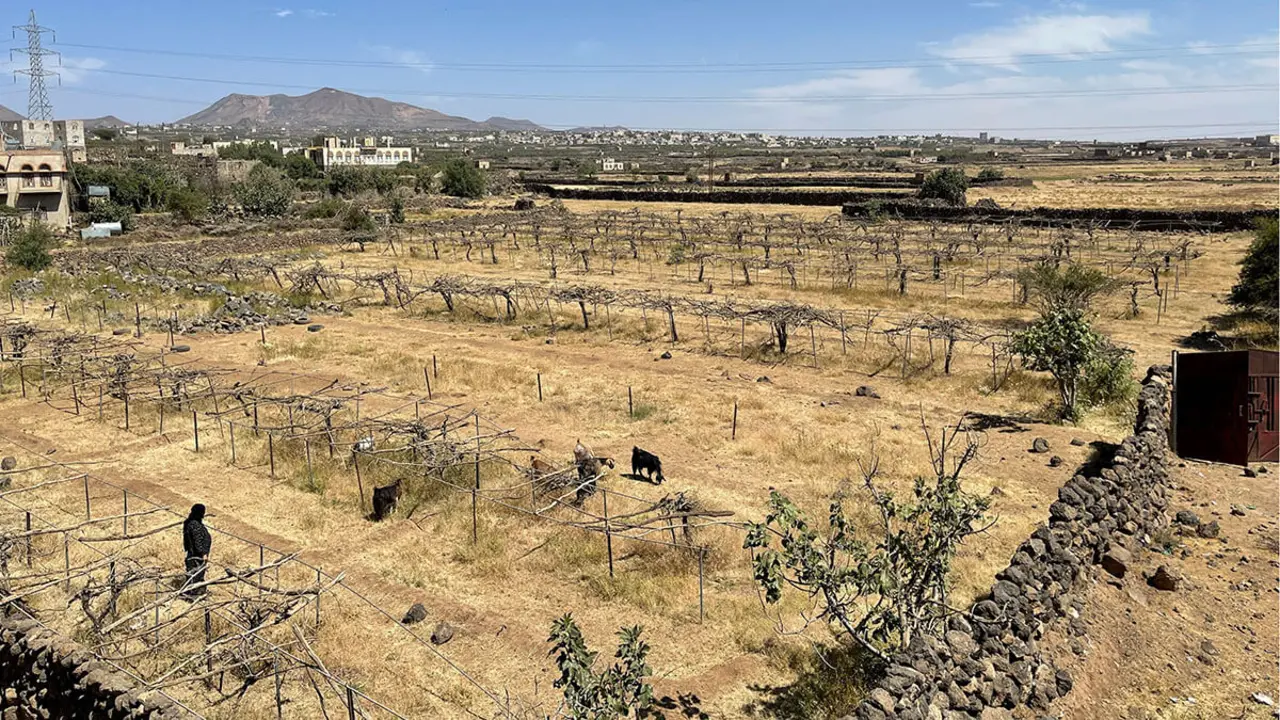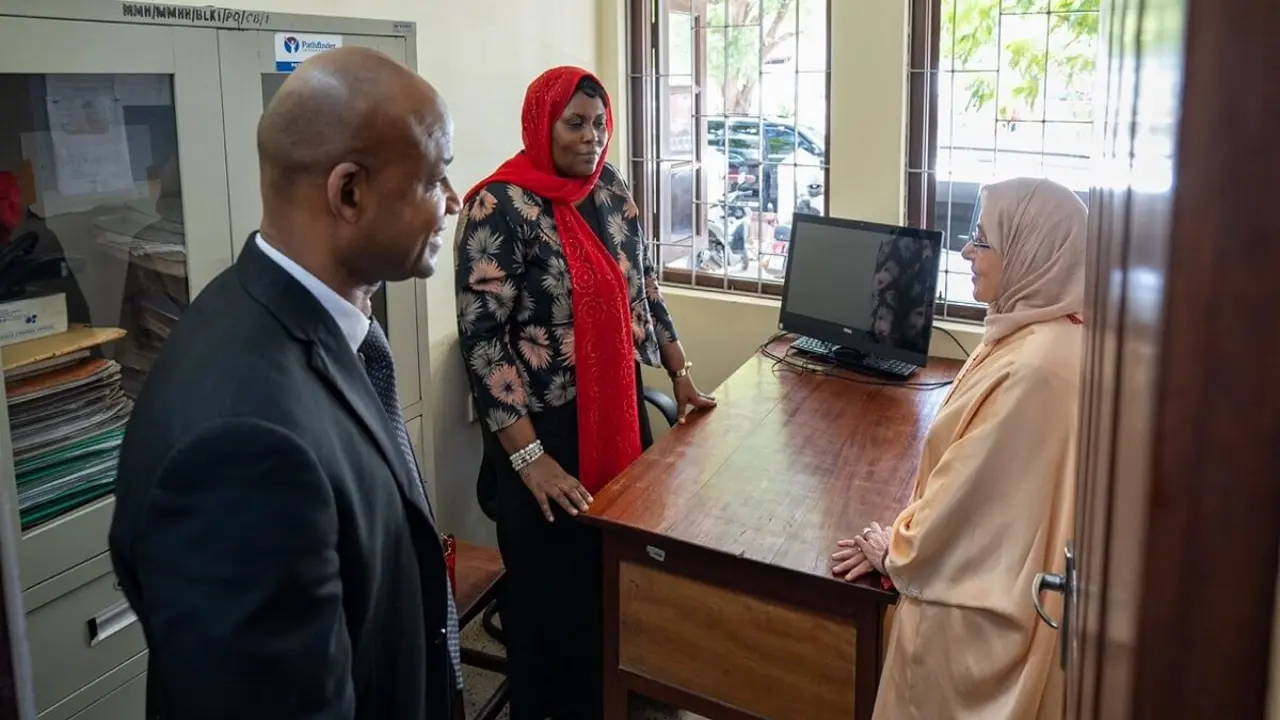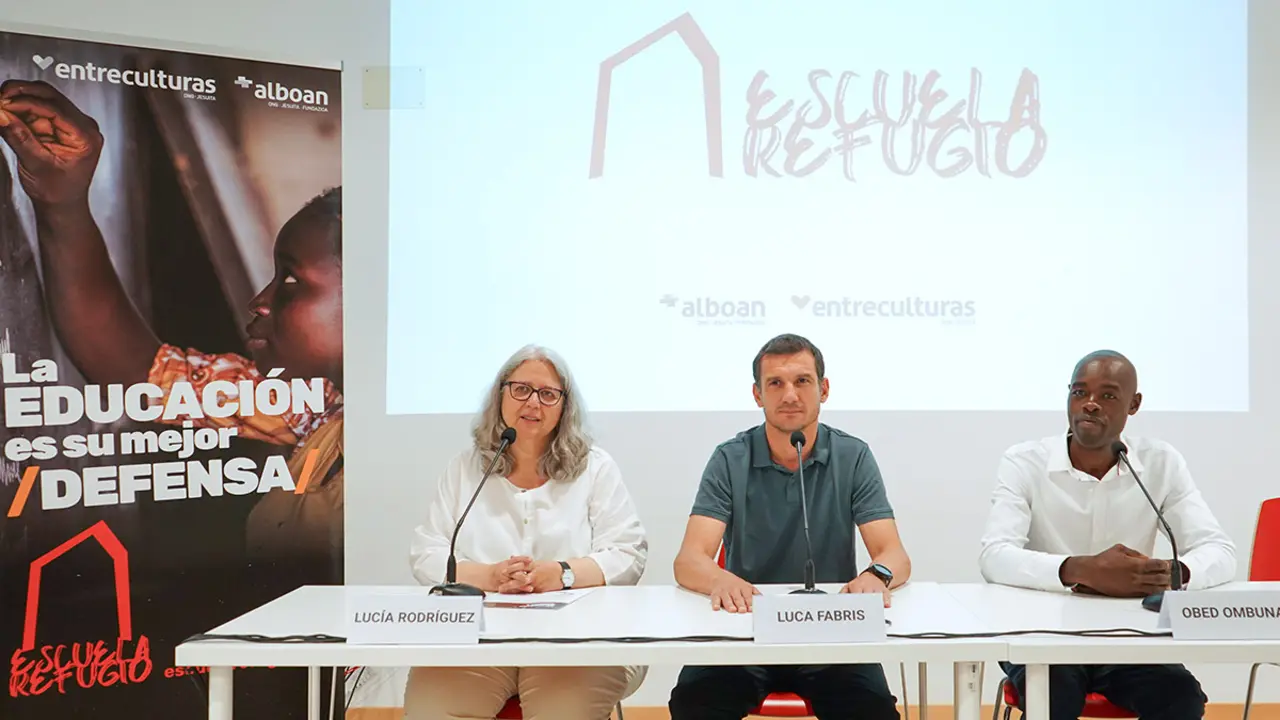Marruecos articula un importante plan para atajar el problema de la sequía

Morocco is suffering the worst drought in 30 years. The level of Moroccan reservoirs stands at 24% and water is scarce. It is time to propose urgent and efficient measures to tackle this problem and avoid shortages of this vital element for the daily life of citizens and for the development of agricultural activity, which is of great importance to the economy of the North African country.
The Moroccan kingdom has set up a plan worth millions to combat the drought that is ravaging the nation and which is expected to continue to hit hard because the summer months are approaching and little rainfall is expected, as well as high temperatures, which will surely aggravate the situation. This is also at a time when climate change is warming the planet enormously and putting many countries already struggling with water supply problems, especially in Africa, in check. The United Nations (UN) has already warned that one in four of the world's inhabitants has no access to water, which is a serious global setback.
Morocco wants to alleviate this by improving water storage infrastructure and has launched a multi-million dollar drought plan. The North African country has launched an emergency plan to guarantee the supply of drinking water in the basins of the Moulouya, Oum Er Rbia and Tensif rivers by building 124 dams, as reported by El Debate. A National Water Plan has been drawn up for 30 years, between 2020 and 2050, with plans to improve national water infrastructures. The plan envisages an investment of 3 billion euros, 117 million of which are earmarked for the construction of new dams. The project includes actions to better manage water, exploit water tables (accumulations of underground water at a relatively shallow depth below ground level) and build desalination plants such as those planned in Casablanca and Nador.

Casablanca envisages a major desalination plant project, a structure with a planned capacity of 548,000 m3 per day and the possibility of transforming more than 822,000 m3 of salt water into drinking water daily. Last year, Morocco's National Office of Electricity and Drinking Water (ONEE) stipulated a contract worth some 800 million euros for its construction and commissioning this year.
Another action is to avoid wasting water and encourage its subsequent reuse. In this case, the Moroccan authorities also announced a plan for Casablanca to build several new wastewater treatment plants to reuse the treated water for irrigation of green spaces. The project is included in the Municipal Action Plan (PAC) for the period 2023-2028 and is expected to contribute to improving water quality in the city. This initiative will also contribute to reducing the environmental impact and pollution of water resources in the area.
In the face of water scarcity, a balance must also be struck on the use of water resources for citizens' personal daily life and for agriculture, an economic activity of vital importance for Morocco. The Moroccan National Human Rights Council has already warned of this dichotomy between the priority of providing drinking water, on the one hand, and the promotion of agricultural activities, on the other, an issue that could affect the rural sector and even provoke the exodus of people from rural areas due to setbacks related to the existence of problems in the management of water resources.

The impact of the drought on Moroccan families is very relevant because many citizens in the North African country depend on agriculture. In fact, the agricultural sector accounts for 15% of Morocco's Gross Domestic Product and employs between 40 and 43% of the total labour force.
According to data provided by the Economic and Commercial Office of the Spanish Embassy in Rabat, the National Programme for Drinking Water Supply and Irrigation 2020-2027, as reported in El Debate, is expected to invest 115 billion euros in the countryside. Morocco's plan is supported by the World Bank, which is lending 180 million euros for "resilient and sustainable water management", as well as a Generation Green Plan to implement resilient and eco-efficient agriculture, with improved water efficiency, soil conservation, reuse of used water and support for farmers towards renewable energies, as reported by El Debate.
Along these lines, the Moroccan Minister of Equipment and Water, Nizar Baraka, pointed out that the Moroccan kingdom has promoted several measures to combat drought, such as the construction of more seawater desalination plants and the promotion of wastewater treatment.

Speaking at a conference organised by Morocco's official news agency MAP in Rabat, Baraka stressed the "complex nature" of the water problem and the drop in water resources after many years of drought. Baraka recalled that, due to climate change, Morocco is facing long periods of drought and more floods than in the past, but noted an improvement since last September in the resources of the reservoirs, as reported by the EFE news agency. The Moroccan minister explained that the government's strategy is to reinforce "conventional" water resources with the construction and restoration of reservoirs, and the storage of rainwater, among others, and to boost "non-conventional" water resources with desalination plants and wastewater treatment.
The situation is not an easy one, and this scenario is causing the Moroccan authorities to take urgent action to conserve as much as possible of such a precious resource as water.

Spain also suffers from a problem of rainfall and water reserves in reservoirs, which, although they are at a better level than those of Morocco, exceeding 50%, are also relatively low in view of the arrival of the summer season, with higher temperatures and a warmer climate.
Despite this problem, Spain has tended more towards a policy of destroying reservoirs, perhaps due to the current Spanish government's overly environmentalist ideology. In 2021, Spain was the country that demolished the most river barriers in Europe, as many as 108 such infrastructures disappeared, almost half of the 239 dismantled on the entire European continent.
Excessive environmentalism could lead to the elimination of reservoirs, which could be too negative for Spain, which also suffers significant periods of drought due to global warming, a global problem that the world is urgently trying to combat.








